Frank Miller and Dan DiDio are ready to give back and shake things up
Miller and DiDio discuss their new imprint Frank Miller Presents on the eve of its first publication

Together, Frank Miller and Dan DiDio have contributed so much to so many comic book publishers, that it only makes sense that they would start one of their own. Frank Miller Presents, a new publishing venture from MIller and DiDio, seeks to "invest in artists and the future of comics" by publishing several titles a year, including a return to the Ronin saga from Miller, a new superhero title called Ancient Enemies written by DiDio, and a YA adventure called Pandora.

To get the word out about their product, FMP is releasing a surprise ashcan comic book, thirty-two pages in length with twenty-seven pages of original art. Ahead of the book's debut on August 17, Newsarama spoke with Miller and DiDio about what they hope to accomplish with the book, and what kind of work goes into Frank Miller Presents. Read on to hear what they had to say.
Grant DeArmitt for Newsarama: First question is for you, Frank. I've read that one of the purposes of Frank Miller Presents is to explore the potential of comic book storytelling. What do you think is the biggest unexplored potential in comics?
Frank Miller: I would say, more than anything, that what needs to be explored is the variety of material we could be telling stories about. Comics have been, you know, for the last 50 or 60 years, trapped into all these stories about basically guys in tights, with extraordinary powers and so on. This really came because comics were declared more and more, 'something just for kids.' I'd like for us to stand up a little taller and say that we're, you know, we're up there with the big boys now. And we can tell any kind of story we want.
Nrama: In what ways? What does standing a little taller look like for FMP?
Miller: There's some amazing talent in comics and around comics, and it's just a matter of working with people and seeing what ideas they've got. And, you know, helping push them. There are a lot of storytellers out there and sometimes they work in teams, sometimes they work alone. But it's all about storytelling.
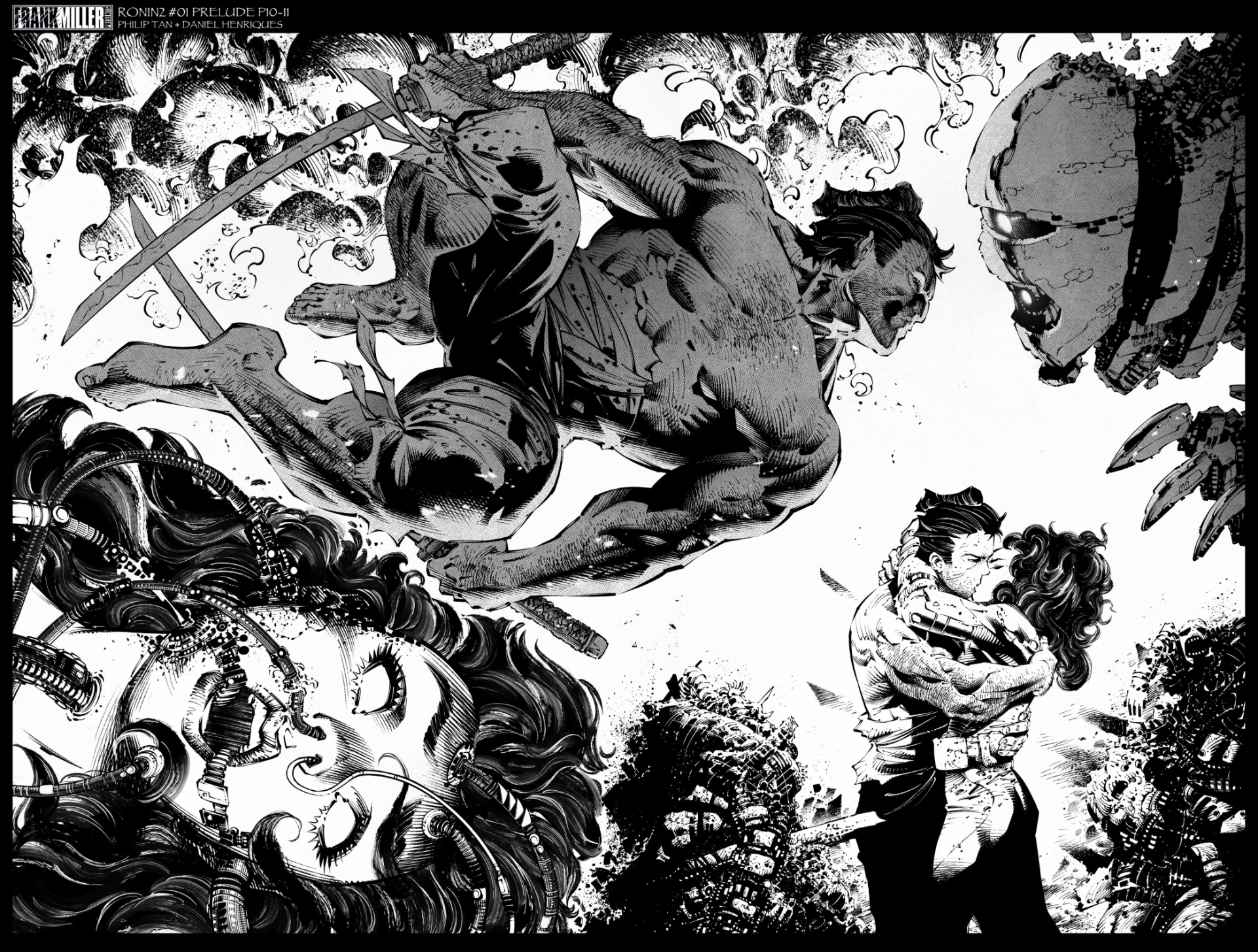
Nrama: That must be something really amazing to experience, especially in a smaller environment like FMP. Dan, what has your experience been like, collaboration-wise?
Get the best comic news, insights, opinions, analysis and more!
Dan DiDio: Oh, I live for it. I mean, before going to DC, I worked in animation for and on a lot of series and we always were in the same room together. I've always had that writer's room mentality. I love the collaboration, the kicking of ideas, or the riffing that goes back and forth; taking one person's concept and finding a way to make it something bigger and better.
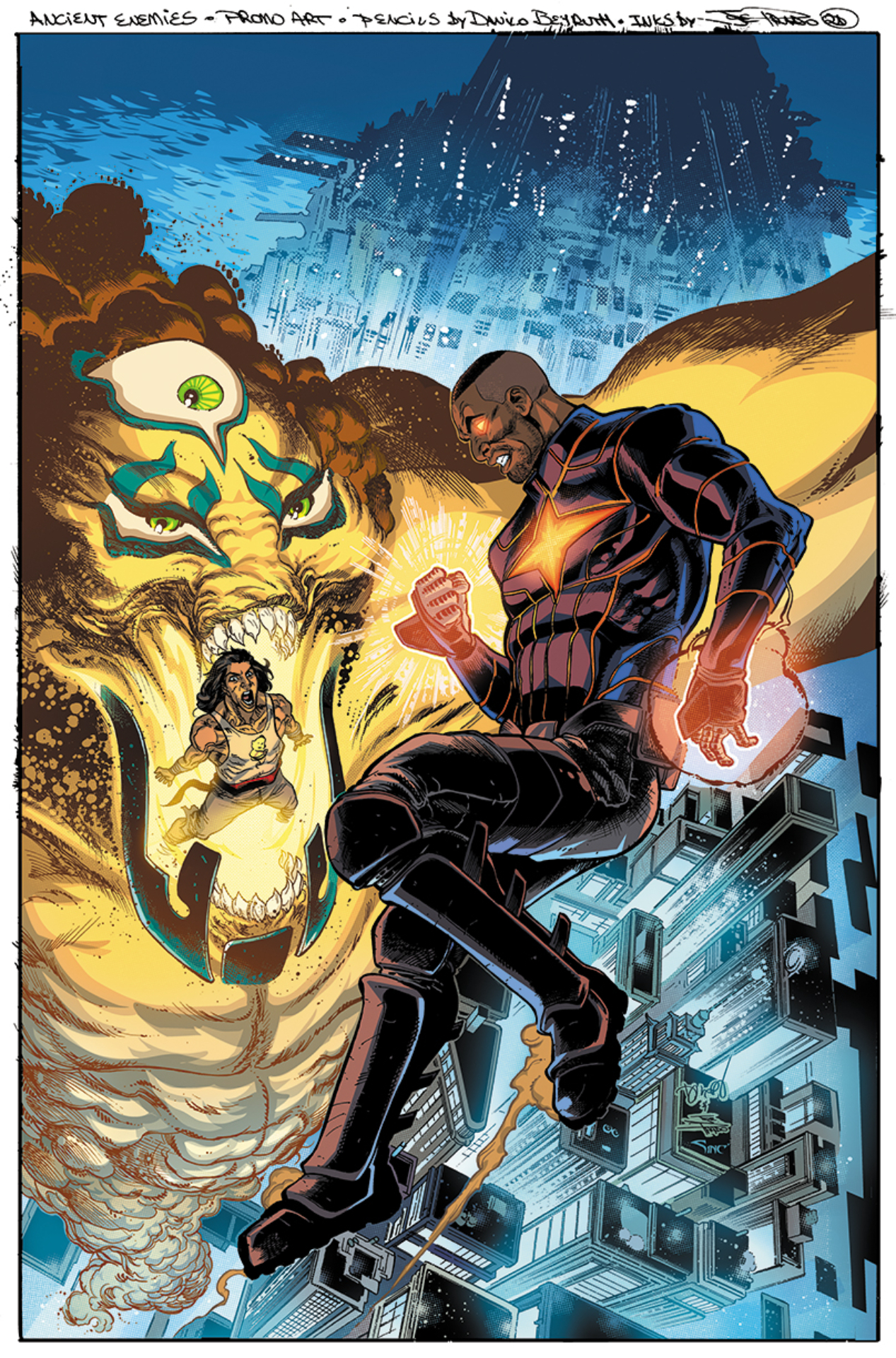
What Frank and I have been doing is starting with a high concept that's just a single line, and then you go and then you get to kick around, you know what I mean? That's how Pandora was created. Pandora started by us saying, 'we need a young adult book.' And Frank goes, 'I've always had an idea about Pandora.' Then it was like a game of tennis; you play it back and forth and then it comes in and brings this beautiful visual sense to everything. And then we got a couple of new writers coming on board to really help round it out.
With my story [Ancient Enemies], probably the most important part of it is the artist Danilo Beyruth, who has done some work for Marvel and DC. But quite honestly, anything he's done over there before is going to pale by comparison. The stuff that he's doing on Ancient Enemies is spectacular. Just the size, the scope, the energy; everything that I expect a comic to be. We sit there and we talk and we go, 'I want a John Buscema comic.' You know, I want big heroes and punches that you can feel across the page and that's what we're doing because that's what we loved about comics.
Everything that Frank Miller Presents is is about us trying to bring back what we feel is missing from the craft. Bringing that love and energy back. We don't want to do books that are built to be screenplays. We don't want to be books that all you need is variant covers to sell. That's not what we're about. We want these books to be opened, read, enjoyed, and reread because people are loving what we do.

Nrama: On that subject, Frank, FMP has released press statements saying that it's going to bring new artists into the fold, but at the same time be "a line of comics to capture Miller's distinct visual style." How do you do both? How do you make a book that is distinctly Frank Miller, and also give your talent creative freedom?
Miller: Well, it's just a lot of give and take. In some cases, it'll be these conversations, in other cases, we'll be swapping drawings back and forth. But the idea is to get as much dialog going as possible.
Didio: Comics is about collaboration. I say this all the time; there's nothing more fun to me than sitting in a room and talking comics and coming up with ideas and crazy ideas.
Miller: Right. And they just grow organically between us. You know, it's been really a very interesting thing because, at its heart, creativity is an individual act. But you can combine with other people where it's almost like the two people become one. So that's what I like to do, is to get to know somebody and to chat with them a little bit and get a sense of what they feel like doing and the things that turn them on and the challenges they face. And then we just see what grows out of that.
Nrama: Would you say collaboration is an important thing for you, Frank? After all, you're known for a lot of projects in which you were both the writer and artist…
Miller: Oh, I've always enjoyed it. I've always enjoyed being a partner in it. There was one stretch where I was working with, at the same time, Bill Sienkiewicz, Geof Darrow, and Dave Gibbons. And that was as exciting a period as I can ever remember working. And as I said, this is a really high time to be just seeing all this stuff explode around and to be part of it.
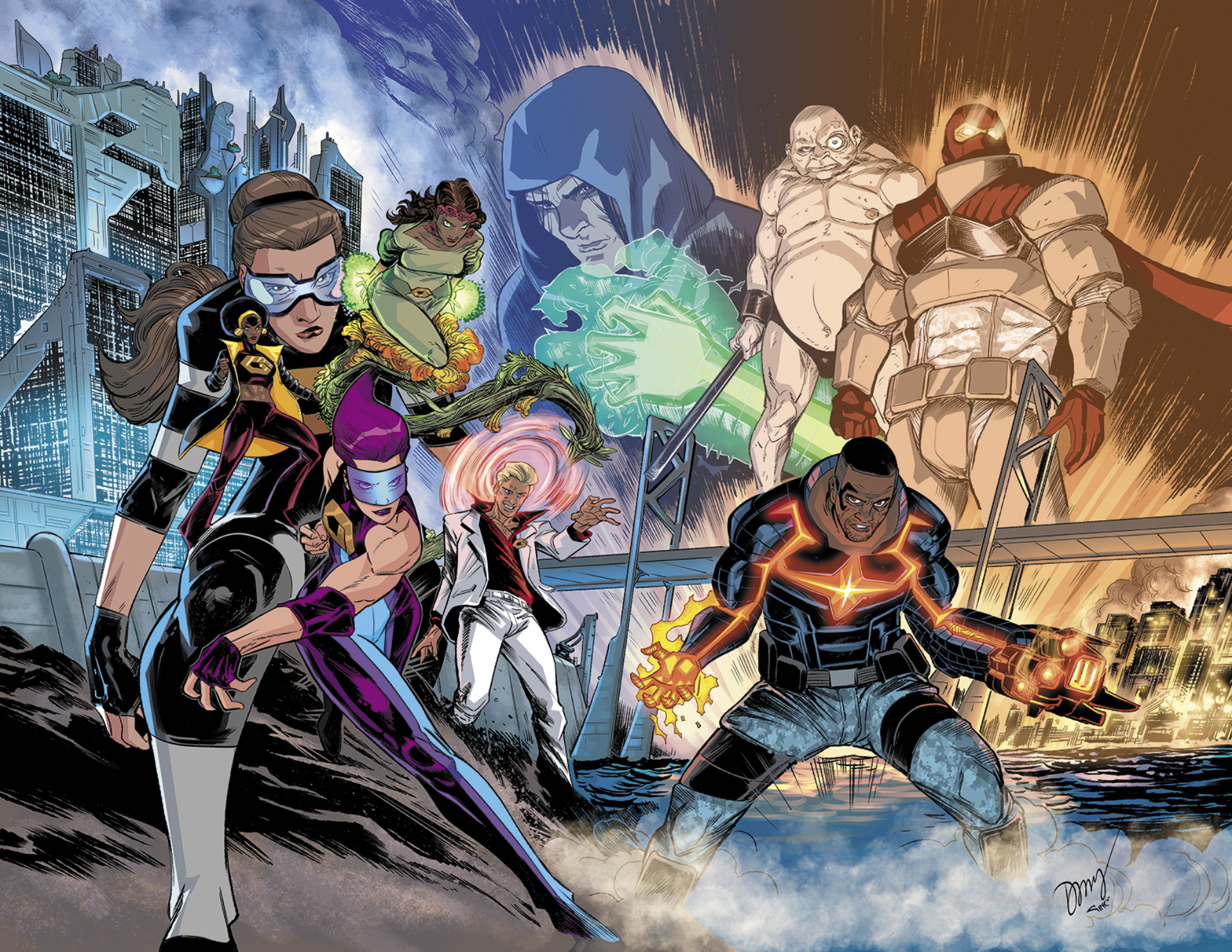
Nrama: Very cool. I definitely want to talk more about that collaboration, but first, let's talk about the ashcan comic that's getting released August 17. Dan, what can you tell us about that?
Dan DiDio: There are a couple of reasons why we're doing the ashcan. The big one is we want to get people to be aware of the projects that we're doing. You know, the market's changed a lot and there's a lot of products out there. So to cut through the crowd a little bit, we want to get something in front of people for them to actually see what we're doing and what we're working on.
But even on a weirder side, we've got to figure out how to make this work. Frank and I, we've been in the business for a long time, combined. But to create our own comic physically and to be responsible from the beginning to the end of the production is new. To be that hands-on and to be working with new vendors and new ways to create, I wanted to make sure we understood the process. It's absolutely fascinating. It's a lot of fun.
Miller: There's a long tradition in [ashcan comics]. I've had to do a tiny bit of history here. The ashcan used to be something that was done by the publisher to establish copyright. This is using that device only as something that introduces the stories to the audience and gives you a sense of what's coming.
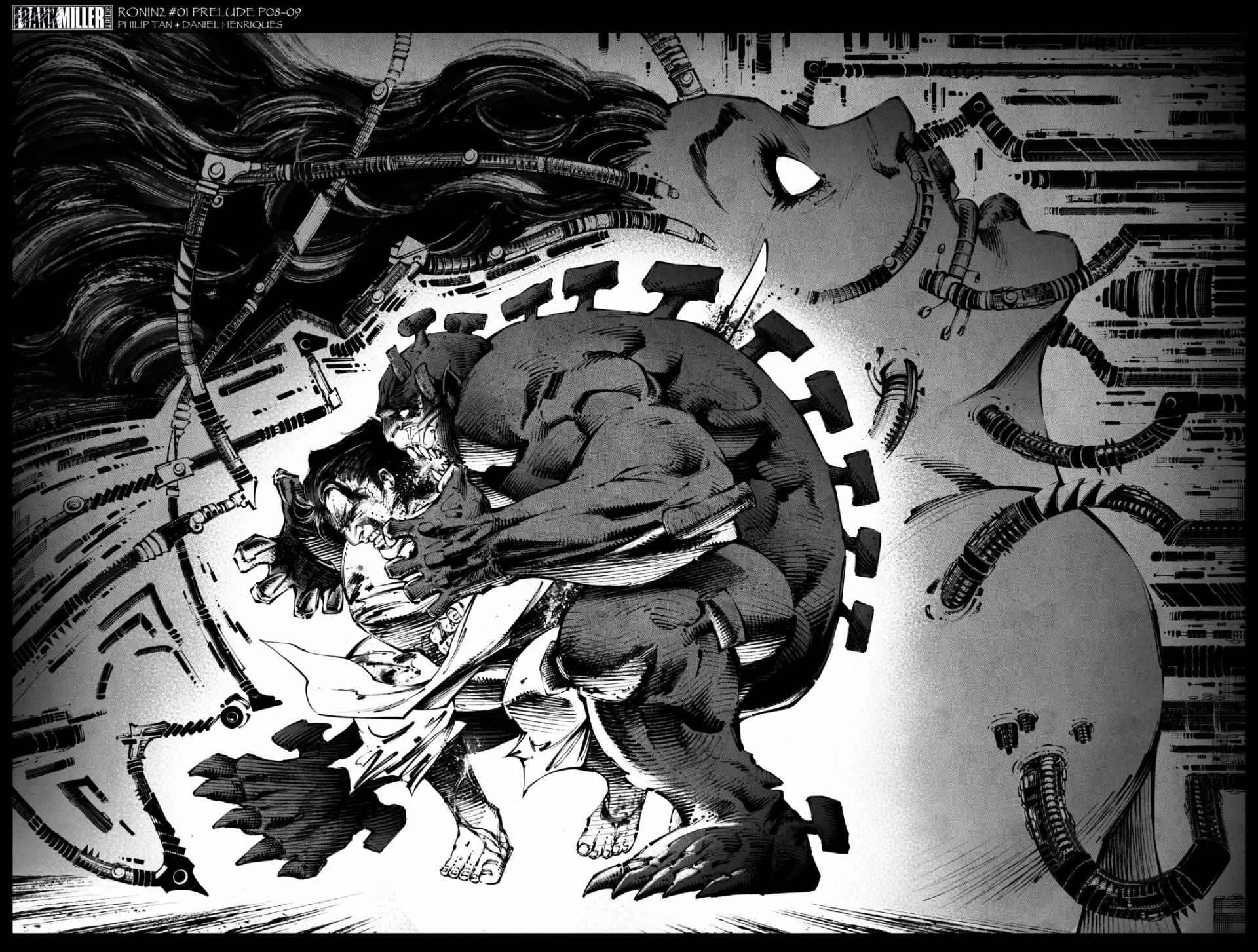
Nrama: Understood. I want to keep talking about that, but real quick: What is one thing that shocked you about being in the position of physically producing your own comics?
DiDio: Okay, the weirdest one? Barcodes. You have to buy barcodes to put on the back of your books. Did you know that? So when you have barcodes on the back of a book, it's not something that you just put on there. The service, you have to purchase; you buy the barcode and put all the information in it.
Let me tell you, it was one of the weirdest learning processes in the world. I was calling in every favor under the sun. People would explain barcodes to us. It's those things you took for granted that people did so seamlessly for you, that when you actually have to do it yourself, you realize how labor-intensive it really is. So hats off to all the guys that do things like that.
Nrama: Were you tempted just to give Frank a blank piece of paper and be like, 'give us a barcode?'
DiDio: I'd be afraid that it's going to look like some sort of brutal rain.
Nrama: Yeah, right. There's too much crime in the barcode. Alright, let's talk about the stories in the ashcan. One of them is a sequel to Ronin, set years after the original series. Frank, what's been going on in the world of Ronin since the first series?
Miller: Come on, I won't tell you that! I mean, the idea is … the whole point of the opening is that you don't know. It's the biggest mystery in Ronin II what happened around [the opening]. If you remember that first series, it's a lot like Jack Kirby's New Gods comic. Just like, a new idea after new idea. That was always the model.
Nrama: Fair enough. Dan, what about Ancient Enemies?
DiDio: Let me give you the high concept: There are two worlds that have been at war for millennia in the galaxy. And they basically ravaged each other. Each world is on the brink of destruction and death, but neither is willing to give in. So each decides to resolve their conflict ultimately by picking one combatant on both sides and letting the two single combatants fight for the fate of the galaxy. Of course, both sides cheat, and because of that, it brings a cataclysm to Earth, which they're using as their battlefield.
Earth gets ravaged, and from the ashes, new characters and new situations arise. But also two characters arise in the ashes of the world that are implanted with the hatred and the fight and the conflict still within them. So they're about to square off in the middle of the world, and people are choosing whose side they want to be on in order to bring this to a conclusion. It challenges people ingrained with hatred of other people without ever understanding why, you know? It's just passed on from generation to generation.
I like to emulate what Darwyn Cooke did on New Frontier, which was to find the world's situation and learn about the characters as you're moving through the world. So there are a lot of different groups in there and different characters that could stand in their own right, but they move in and out of the story.
Nrama: Love it. Wrapping up here, I want to go back to what you said, Dan, about bringing energy back into the craft of comics. What does that look like at Frank Miller Presents? How are you doing that?
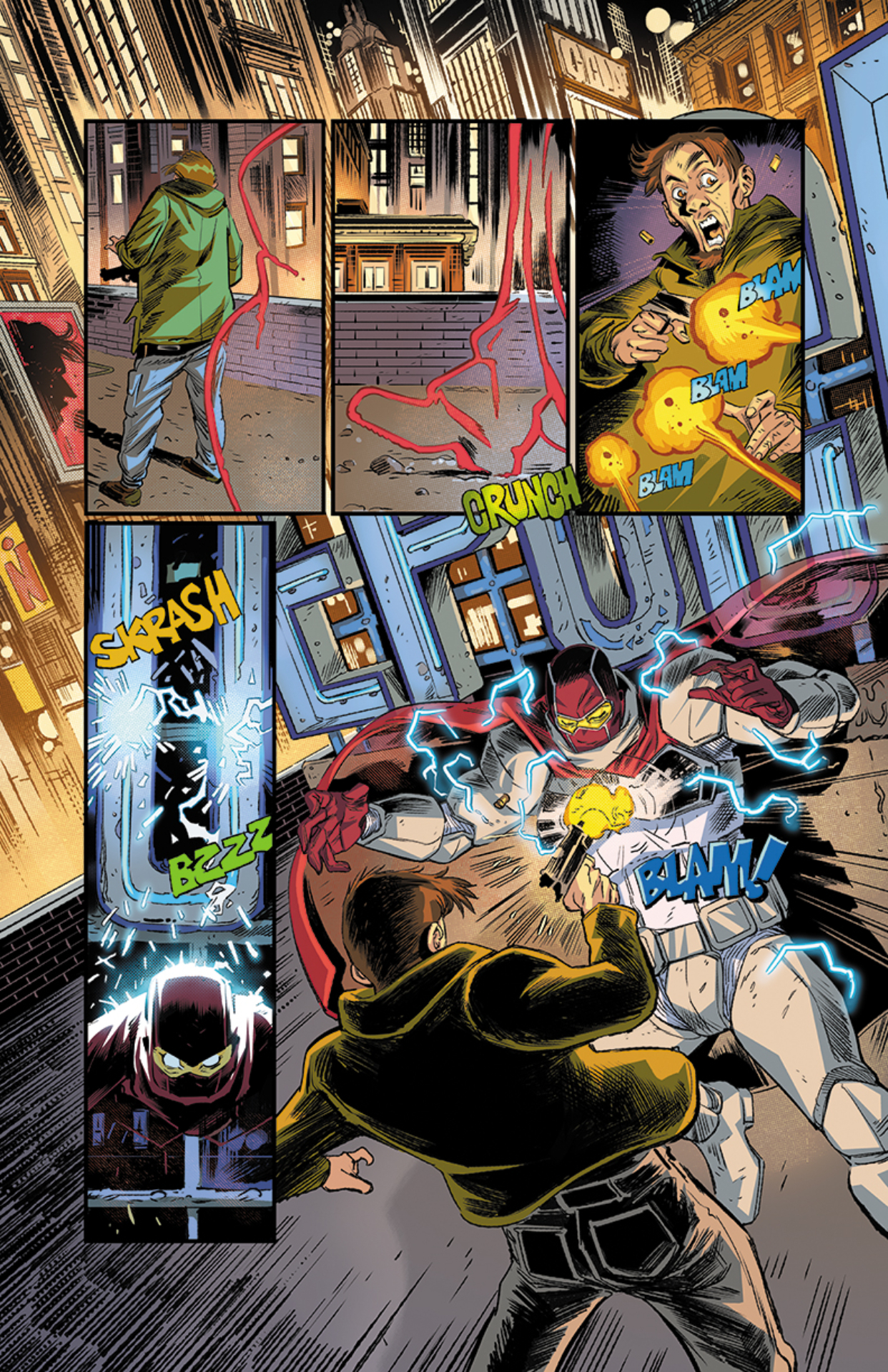
DiDio: The goal is not to keep anybody confined, but to unleash their creativity. So much of this is about the artist, the allowance of the artist to really unleash creativity on the page. Because if we're in competition with so many other mediums, and if television and films always can do this incredible storytelling with computer effects, then we have to be visual in our own sense, in a way that we have to be better than how we're being interpreted in other mediums, in order for us to survive and grow.
Nrama: Alright, final question. Frank, what kind of legacy do you think Frank Miller Presents is going to leave for you? Or for comics in general?
Miller: Predicting a legacy is a fool's errand, but I'll say this: my two mentors were Will Eisner and Neil Adams. Both of them, in turn, shook things up, not just with their work, but with how they changed the way everybody looked at comics. And in each case, they changed the way people looked at comic book artists and writers. So I guess I'm just looking to give back and continue that legacy.

Grant DeArmitt is a NYC-based writer and editor who regularly contributes bylines to Newsarama. Grant is a horror aficionado, writing about the genre for Nightmare on Film Street, and has written features, reviews, and interviews for the likes of PanelxPanel and Monkeys Fighting Robots. Grant says he probably isn't a werewolf… but you can never be too careful.


